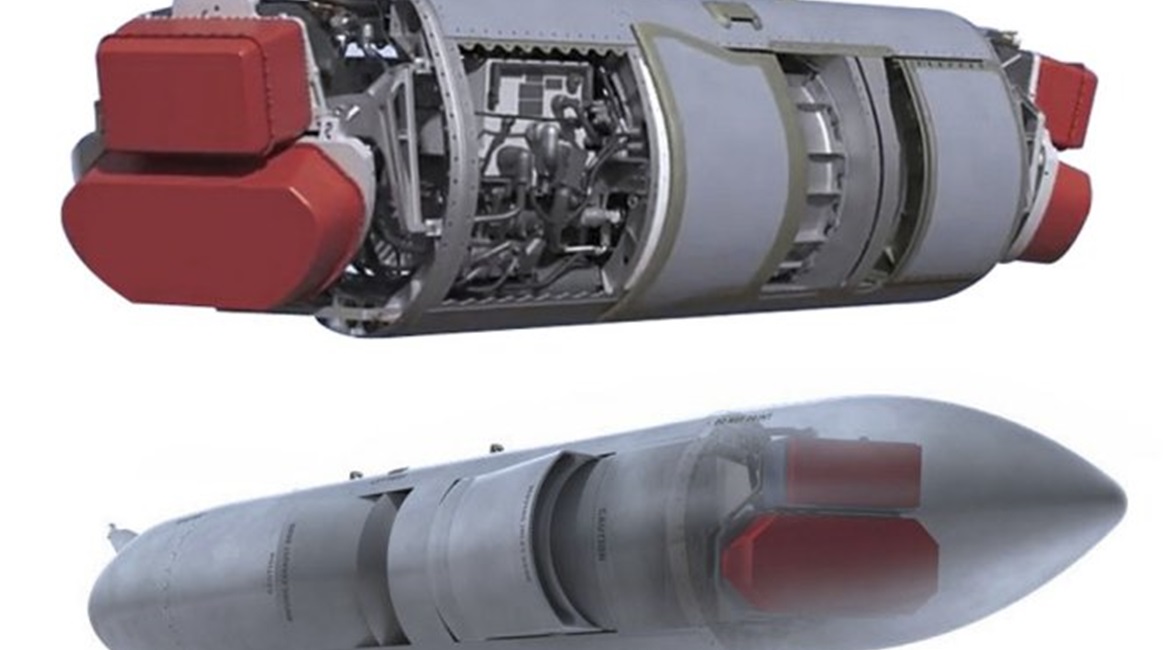
Active Electronically Scanned Array (AESA) technology, typically associated with radar systems, is being explored to aid electronic warfare (EW) equipment.
AESAs use multitudes of transmit/receive (TR) modules on their surface. In the radar domain, each of these modules acts as its own miniature radar generating a radio frequency (RF) signal and waveform, transmitting it and receiving and processing the radar’s echo as it is bounces off an object in the radar’s field-of-view.
AESAs can perform electronic beam-steering, meaning the array can steer the direction of the beam it transmits without the antenna having to physically move, just as a person can see in different directions by moving their eyes but not their head.
“Beam steering allows you to develop a very narrow transmit beam which can be electronically steered,” Dr Nitzan Barkay, Israel Aerospace Industries’ (IAI) ELTA Systems’ intelligence, EW, and communications division’s chief technology officer, said during the Electronic Warfare Europe conference in Stockholm in May. AESA also enables individual TR modules to perform different tasks simultaneously. In the radar domain, this can translate into simultaneous air-to-air and air-to-ground surveillance. In the EW domain, this could provide the ability to “jam several targets of different frequencies simultaneously”, Barkay said.
For example, a fighter aircraft equipped with an AESA EW system could, in theory, simultaneously jam a hostile fighter aircraft’s X-band fire control radar, which tend to transmit in wavebands of 8.5 GHz to 10.68 GHz, an incoming air-to-air missile’s Ka-band (33.4 GHz to 36 GHz) radar seeker, and a ground-based air surveillance radar’s C-band (5.25 GHz to 5.925 GHz) transmissions.

Looking to read the full article?
Gain unlimited access to Janes news and more...


